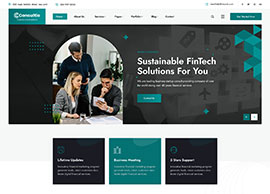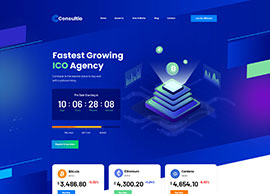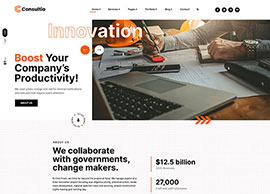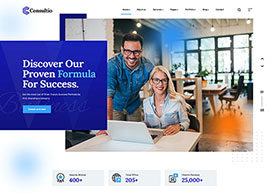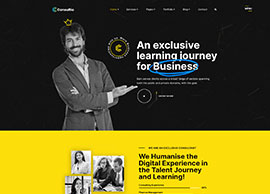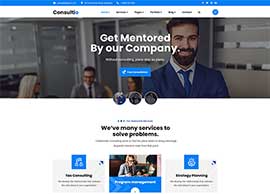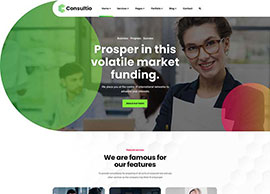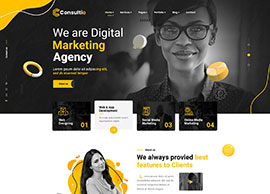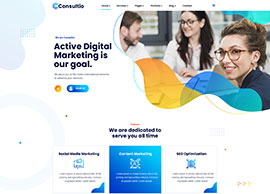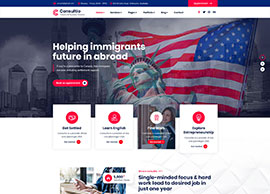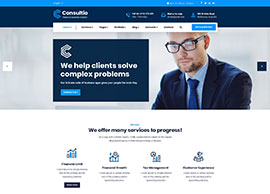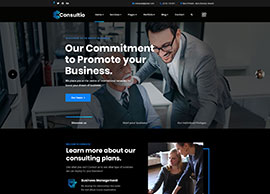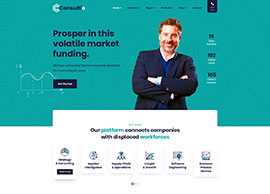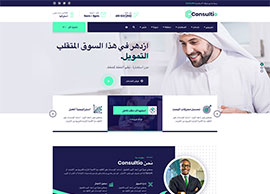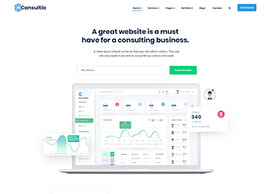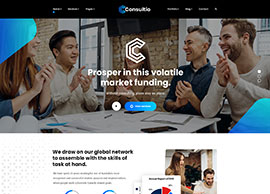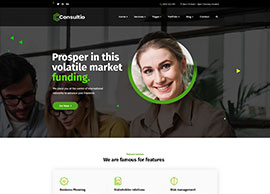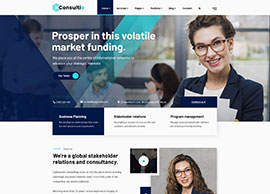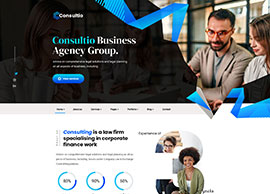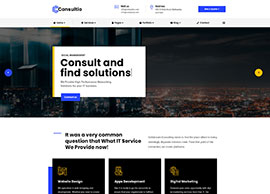Fewer than 3 in 10 (28%) consumers report that branding/packaging is very or extremely important when it comes to purchasing cannabis. However, a product’s potency level (78%), its effect (63%), and price (61%) play larger roles source.
As the saying goes, “don’t judge a book by its cover.” However, in the increasingly competitive hemp industry, your product’s “cover”—or its design—can be a critical determinant of its success. Innovative, appealing, and informative product design can catapult your hemp products from mere contenders to champions in the hearts (and shopping carts) of consumers.
The hemp industry is an amalgamation of old and new. It marries an ancient plant’s virtues with modern scientific understanding and consumer preferences. Thus, successful product design in this industry requires a nuanced approach, one that can communicate the product’s unique qualities while addressing customer needs and preferences.
This playful journey we’re about to embark on will elucidate what product design means and why it’s especially critical for hemp products. We’ll traverse the elements of successful hemp product design, explore steps to create unique designs, and uncover innovative design strategies. For an extra dash of real-world insight, we’ll also discuss some successful hemp product designs and the lessons they offer.
Product design involves creating a product that meets the needs of the consumer while ensuring that it is aesthetically appealing and functional. In the context of the hemp industry, product design encompasses everything from the packaging that protects and advertises the product, to the product itself, whether it be hemp oil, edibles, topicals, or any other form of hemp product.
- Legal Requirements: Given that the industry is tightly regulated, designers must ensure that their product complies with all legal requirements, including accurate labeling and child-resistant packaging.
- Consumer Education: Many consumers are relatively new to hemp products, which means your design should not just sell, but also educate.
- Sustainability: The hemp consumer tends to be environmentally conscious, so using sustainable design elements can provide a competitive edge.
More than half (51%) of current consumers express being eager to try new products when they learn about them. This suggests a positive environment for brands launching new products, even in crowded spaces source.
- Clarity: The product design should clearly indicate what the product is and its intended use.
- Compliance: As mentioned earlier, the design must meet all legal requirements.
- Educational: Your design should impart key information about the product, such as its benefits, dosage instructions, and ingredients.
- Attractiveness: The design should be visually appealing to stand out on the shelves or in online marketplaces.
- Sustainability: Environmentally friendly designs are a plus in this industry.
- Understand your target audience: Knowing who you are designing for will help you create a product that appeals to their preferences.
- Comply with legal requirements: Before you begin designing, familiarize yourself with any laws that may affect your product design.
- Design with the product in mind: The design should complement the product and communicate its unique selling points.
- Iterate and test: Design is a process. Don’t be afraid to make changes based on feedback and test different designs to see what works best.
- Interactive designs: Consider incorporating QR codes into your design, which customers can scan to learn more about the product.
- Bold and colorful: To stand out, consider using bold, vibrant colors. However, ensure the overall design aligns with your brand’s aesthetic and image.
- Emphasize natural and organic: Highlight these aspects if they apply to your product, as they are attractive attributes to many hemp consumers.
- Simplicity: Don’t overwhelm the consumer with too much information or complex design. Keep it simple and easy to understand.
- Honesty: Ensure the design and product information is honest and transparent. Misleading consumers will damage your brand’s reputation.
- Consistency: Consistent design across all your products will strengthen your brand identity.
- Charlotte’s Web: This leading brand excels in simplicity and clarity. Their packaging clearly states the product type, its intended benefits, and the amount of CBD per serving.
- Elixinol: Elixinol uses color-coding to distinguish between different product lines, making it easy for consumers to find what they are looking for.
- Clarity is key: Ensure your design is easy to understand at a glance.
- Stay true to your brand: Maintain a consistent aesthetic that aligns with your brand identity.
- Innovate where possible: Don’t be afraid to push the boundaries and experiment with unique design elements.
Product design involves creating a product that meets the needs of the consumer while ensuring that it is aesthetically appealing and functional. In the context of the hemp industry, product design encompasses everything from the packaging that protects and advertises the product, to the product itself, whether it be hemp oil, edibles, topicals, or any other form of hemp product.
Pop open any business playbook and you’ll see it there in bold: product design can significantly propel your business towards success or, if not carefully managed, into the abyss of obscurity. Let’s focus on the brighter side, shall we? For hemp products, effective design plays a triple-threat role: it helps distinguish your offerings in an increasingly saturated market, increases customer understanding and engagement, and boosts your product’s perceived value.
When your hemp product design is done right, it becomes your silent salesperson. It grabs the wandering eye of a potential customer, holding and guiding them towards a purchase. Imagine your product sitting on a shelf alongside its competitors or listed in an online store—how does it stand out? Is it wearing a dull, monotonous suit or is it flaunting a vibrant, appealing attire that screams, “pick me!”?
Value-added products do appear to command a greater degree of brand loyalty than do flower products. In California, the top 10 brands selling flower products accounted for only 29% of the units sold in 2021. The top pre-roll brands accounted for 33% of sales. During the same period, the top 10 brands supplying value-added products such as edibles (67%) and vapes (60%) accounted for a much higher proportion of the total units sold source.
Moreover, as hemp is a relatively new concept for many consumers, effective design should double as an educator. It’s a way to convey important information about your product—its benefits, usage, and ingredients—thus enhancing consumer understanding and, ultimately, increasing the likelihood of a purchase.
Apart from casting the initial spell, effective hemp product design plays a pivotal role in the post-purchase experience, influencing customer satisfaction and loyalty. Remember, we’re playing a long-term game here, and turning first-time buyers into repeat customers is the endgame!
Design is a vital tool for communicating the quality and value of your product. It shapes the customer’s initial expectations and their subsequent evaluation of the product. A well-designed hemp product that meets or exceeds these expectations will foster customer satisfaction. And satisfaction, my friends, is a key ingredient in the recipe for customer loyalty.
- Sustainability: As eco-consciousness becomes more mainstream, we can expect to see more hemp products embracing sustainable packaging materials.
- Minimalism: Minimalistic design, emphasizing clean lines and a “less is more” ethos, is anticipated to rise in popularity.
- Augmented Reality (AR): AR might be the next big thing in hemp product design, offering interactive experiences for customers, like virtually trying a product before purchasing.
- Personalization: The trend towards personalized products and packaging, tailored to individual customer needs and preferences, is expected to continue.
- Stay informed: Regularly check industry news and trend forecasts to keep abreast of changes.
- Invest in design: Recognize the value of good design and be willing to invest in it.
- Embrace technology: Don’t shy away from emerging technologies, such as AR, that could give your product an edge.
- Listen to your customers: Your customers can be a valuable source of ideas for design improvements. Make sure to gather and act on their feedback.
The landscape of hemp product design is ever-evolving, characterized by innovation and a drive to meet consumer needs in creative ways. By understanding these elements of successful hemp product design and keeping an eye on the future, your business can create standout products that win over consumers and thrive in the marketplace. Now, go forth and design magnificently!
Phew! That was quite the roller-coaster ride through the lush landscapes of hemp product design, wasn’t it? Let’s hop off the ride for a moment, catch our breath, and look back at the ground we’ve covered.
From the get-go, we’ve stressed the significance of product design as a crucial element in the hemp business arena. It’s not just about slapping some pretty colors onto a package. No siree! It’s about understanding your target audience, making sure your product stands out in a crowded market, and doing it all within the constraints of a tightly regulated industry.
More than 80 percent of marketing companies surveyed said they were having problems getting the right message to the right audience. Marketers in the industry said they focus much of their limited resources on social media and top-of-funnel brand awareness campaigns source.
We’ve seen how effective product design serves as an educator for your customers, providing them with essential information about your product, from its benefits and usage instructions to its ingredients. We also emphasized the role of design in shaping customer expectations and experiences, and ultimately fostering loyalty to your brand.
On top of all that, we dived headfirst into the future trends of hemp product design, exploring how sustainability, minimalism, augmented reality, and personalization are set to shape the future of the industry. After all, who wants to be the dinosaur in an age of flying cars and smart fridges?
Now that we’ve journeyed together through the maze of hemp product design, it’s time to put what we’ve learned into action. I can almost see you there, donned in your creative hat, ready to tackle the challenge with gusto. And why wouldn’t you? You’re now armed with the knowledge to create a successful hemp product design that not only complies with regulations but is also customer-centric, aesthetically appealing, and prepared for future trends.
LinkedIn (79 percent), Instagram (78 percent), and Facebook (60 percent) were the most favored social media platforms for cannabis marketing source.
Remember, creating a unique and effective product design is not an overnight affair. It’s a journey, with each iteration bringing you closer to that sweet spot of customer satisfaction and business success. So don’t be disheartened if your first attempt doesn’t create waves. Keep refining, keep innovating, and keep listening to your customers.
So, dear hemp business enthusiast, as you set off to conquer the world of hemp product design, I leave you with this nugget of wisdom: Design is a powerful storyteller. Make sure your product tells a compelling, honest, and engaging story that resonates with your customers.
In the playground of hemp product design, your product’s success is a game of strategic creativity. So go ahead, embrace the fun, let loose your imagination, and remember to enjoy the ride. Here’s to creating hemp products that not only sell but also make a difference and create a lasting impression!





